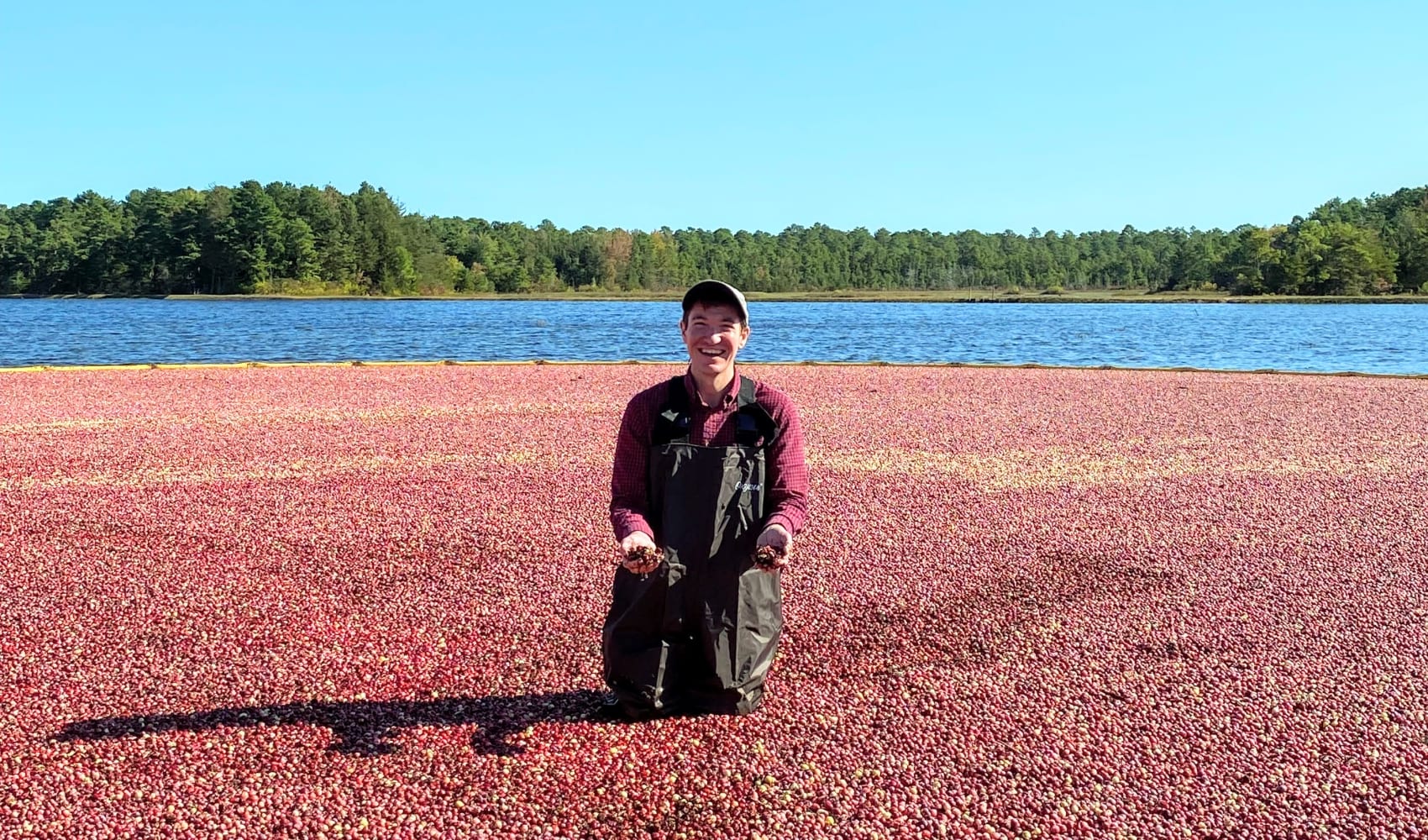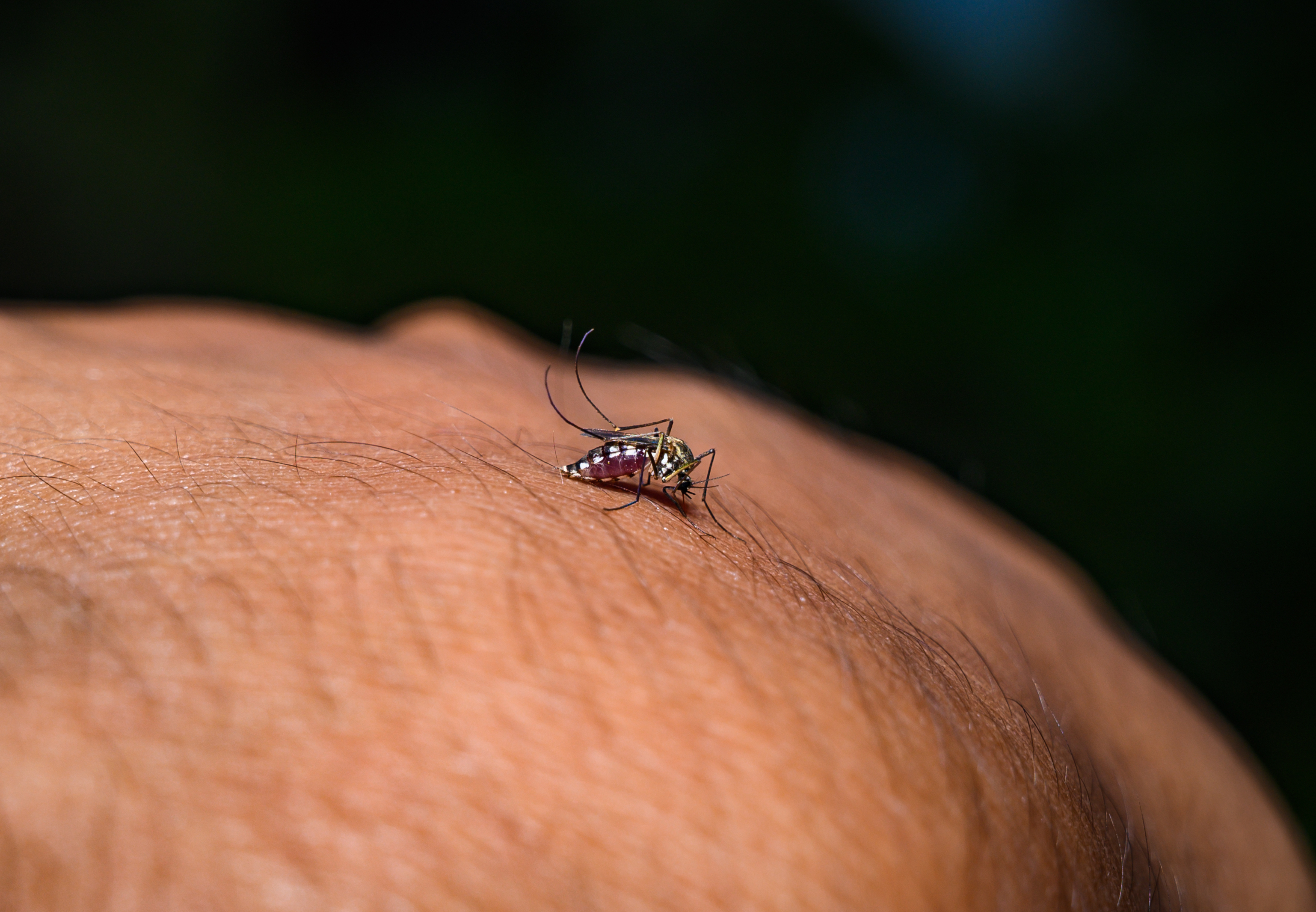
The California Department of Fish and Wildlife has released a new plan to protect the state’s iconic Joshua trees, which are imperiled by wildfires, human development and climate change.
The 294-page draft plan includes calls for avoiding or minimizing direct and indirect impacts from overgrazing, pesticide use and unauthorized off-roading; relocating trees when projects require their removal or could harm them; and identifying and protecting lands where they could thrive in a future projected to be drier and hotter.
Watch NBC6 free wherever you are
“In many ways, it’s a good comprehensive plan of the things we need to do if the western Joshua tree is going to survive the very, very difficult decades ahead,” said Brendan Cummings, conservation director with the Center for Biological Diversity, a nonprofit that in 2019 petitioned to list the western Joshua tree as threatened under the state’s Endangered Species Act.
The conservation plan is a requirement of the Western Joshua Tree Conservation Act that passed last year, making it the first law in the state to protect a species from the threats of climate change. The law also prohibits anyone from killing, damaging or removing a tree without a state permit.
Get local news you need to know to start your day with NBC 6's News Headlines newsletter.
The plan lists criteria and attributes to help identify land that should be prioritized for conservation, such as large areas with Joshua trees or areas with a high density of healthy and adult trees. It also suggests protecting regions where there is low risk of such threats as fires, invasive species and development, and where pollinators like moths or small mammal seed dispersers exist. It aims to identify these lands by December 2025 and permanently protect 70% of them by 2033.
The plan also calls on land managers and wildfire responders to create procedures to reduce and fight wildfires that threaten the species and their habitat, and develop measures to minimize impacts from rehabilitating burned areas. That includes protecting trees, replanting lost ones and other native species, and controlling invasives.
But as the proposed plan notes, its effectiveness and the survival of the trees will depend largely on whether humanity can limit and reduce the planet-warming greenhouse gas emissions from burning coal, oil and gas that are causing climate change.
Under a business-as-usual scenario, climate change could wipe out most, if not all, of the tree’s habitat, Cummings said.
“Assuming we can keep to a mid-level emissions trajectory, we have a very good chance of saving the species if all the things outlined in this plan are carried out,” he said. “And primarily that’s doing what we can to protect as many of them as possible.”
The draft plan will have to be approved by the California Fish and Game Commission.



